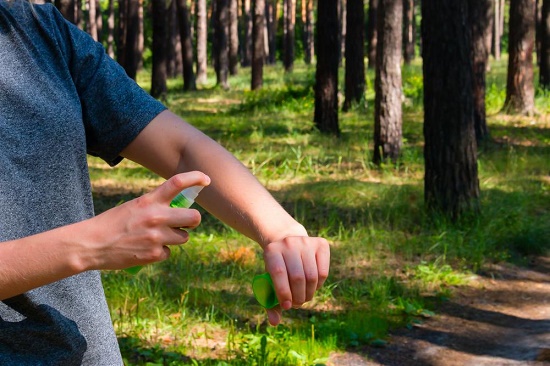
Hiking is great fun and a nice way of keeping fit for both you and your family. Though terrains are different, some common hiking injuries occur which may interrupt or ruin your hike. However, this is no reason not to enjoy the outdoors when out hiking. Follow a hiking camping guide and you will be prepared for a successful hike.
The following are some common hiking injuries hikers may experience. In addition, here are some useful tips on what you can do to avoid them.
Common Hiking Injuries
Blisters
Blisters occur because of friction causing fluid buildup between irritated skins, which can be very uncomfortable. To prevent blisters:
- Wear proper fitting shoes. Smaller fitting will pinch your skin whereas larger shoes will rub on your skin. Avoid brand news shoes by breaking them before the hike.
- Wear fitting, absorbent, moisture wicking, and adequately padded socks. The padding provides a barrier between your skin and your shoes
- Use some salve which plays the role of reducing friction
- Always ensure that your feet are dry before wearing your gear
Joint, Hip, and Knee Pain

When looking to prevent joint, hip, and knee pain, you need to be well prepared for the hike. Your preparation plays a great role. To help guide you:
- Stretch before the adventure to relax your muscles and joints while at the same time boost blood circulation
- Support yourself from time to time using sticks or trekking poles
- Do not choose a trail you have not trained for to avoid straining your body
Insect Bites

The outdoors is full of insects and bugs that bite and sting for food or as a defense mechanism.
You can keep them away from your skin by wearing clothing that covers the majority of your skin. This solution can be difficult on a hot day when the heat can get a bit too much. You may opt to apply an insect repellent that will keep the insects away from you. In addition, do not disturb their habitat by sticking to the hike trails.
Cuts, Scrapes, and Sunburn

It is important that you are keenly observant about your surroundings when seeking to prevent these injures. Cuts and scrapes come from accidental falls or contact with twigs and other objects. Also, buy hiking gear that is protective such as adequate hiking boots and kneecaps.
Protect your skin from sunburn by regularly applying sunscreen with higher SPF. Cover other body parts of your body so the harsh UV rays do not directly come into contact with your skin.
Poisonous Plants
Poisonous plants such as poison ivy or poison oak can ruin your hike with the scratching and irritation they cause. Educate yourself on how poisonous plants look like.
This way, you can avoid accidental contact with them. Do research on the trail you intend to hike to find out whether they have any poisonous plants. Also, cover your body with long pants and long sleeves so you do not expose yourself.
Dehydration and Exhaustion

When hiking, dehydration and exhaustion cannot be eliminated but you can slow down the side effects to help you go further.
Prevent dehydration by drinking water and other low sugar beverages that contain electrolytes on a regular interval before and during the hike. Do not hike on an empty stomach. It is recommended that you lean more towards nutrient rich snacks that will energies you. Take short breaks from time to time to control exhaustion.
Conclusion
The above guide will help you to get prepared for your hiking with the aim of boosting performance and safety. Though they are common hiking injuries, you can avoid them with better preparation and the right gear. Pack right, eat, and drink right, as well as rest to avoid the above common hiking injuries.
Authors Bio:
Janet E Johnson
Janet E Johnson is a travel writer by profession and lover of world cultures, food, oceans, languages, souls, wild spaces and urban places by nature.









 FOLLOW JANET’S TRAVELS:
FOLLOW JANET’S TRAVELS: